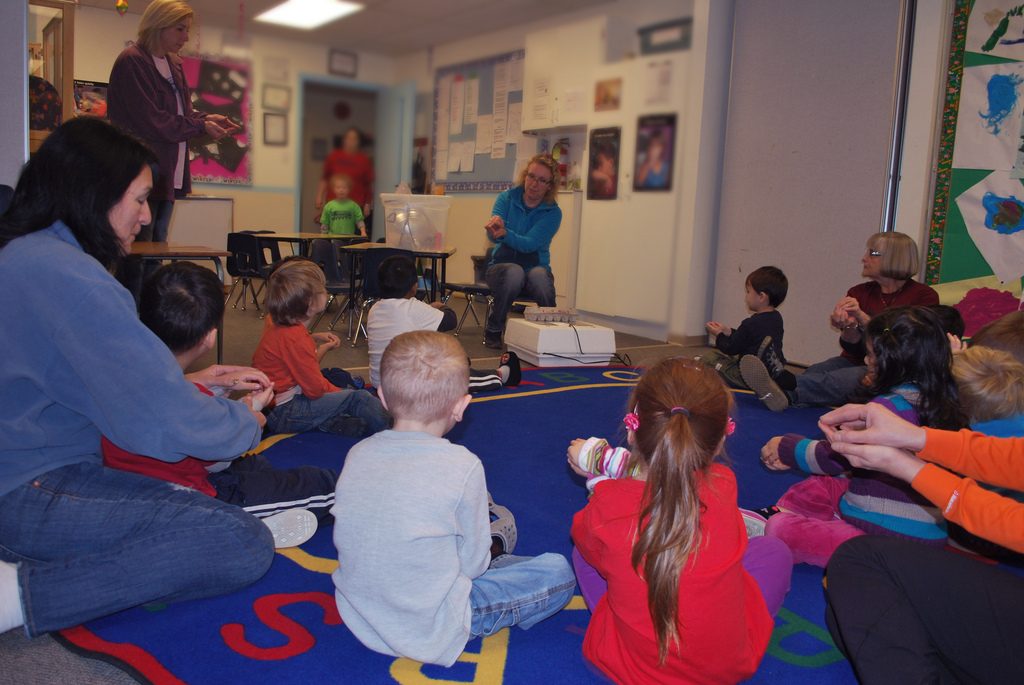How to make your circle time more engaging and fun
Circle time in the early years begins very early on, with the outcomes and expectations for circle time increasing as the children get older. Circle time is very beneficial in preparing children for the day and for the school routine however many children find circle time a challenge. It is important that your expectations for circle time are realistic and that you make the experience as engaging and beneficial as possible. Ensure the children are supported and know what is expected of them. If you are finding that the group of children you have are particularly struggling with this, follow our top tips below to improve your circle time so it is more engaging for them
Top circle time tips
- Expectation – Children’s attention span is expected to be there age plus 2-5 extra minutes. For example a child who is 3 is therefore expected to be able to sit and concentrate on an activity like circle time for around 5-7 minutes. Bare this in mind when expecting beautiful sitting from a child for 15-20 minutes where they are only 3 and 4.
- Keep things engaging and exciting – A common circle time chore is the register, this doesn’t always have to be the same. Make it exciting by calling out last names instead of first names, or say good morning in a different language, or you could try including Makaton signing during the register
- Tune in – If the children are having a particularly bad day with concentrating, do not drag circle time out longer than necessary, keep it minimalist and try again later in the day. The children will not be gaining anything if they are distracted
- Be inventive – Bring teddy bears or puppets into circle time. The puppet may lead the circle time session and make it fun and exciting rather than just listening to the teacher or practitioner
- Mats or rugs – For younger children who find it difficult to stay sat in one spot use mats or rugs during circle time so they know where they should be sat
- Use positive behaviour symbols and reminders – In the early stages remind children of what you expect such as good sitting and good listening
- Use rhymes – There are many rhymes which can aid children during circle time such as songs and rhymes so they know it has began and when it has ended
- Follow children’s interests – Tune in and follow the children’s interests, they may choose to set their own agenda for the circle time session. Allow this to happen where possible to get their full engagement. You can turn the discussion towards anything you want once they are engaged
- Be fun – Circle time doesn’t have to boring, use plenty of intonation and fun. Keep the children engaged and excited by sometimes making it silly or different.
- Always promote self esteem – Promoting positive behaviour during children is important however do not tell a child they are wrong if they shout out an answer or question. It is important for all children to feel they have a voice and are valued as part of the group so be patient.

